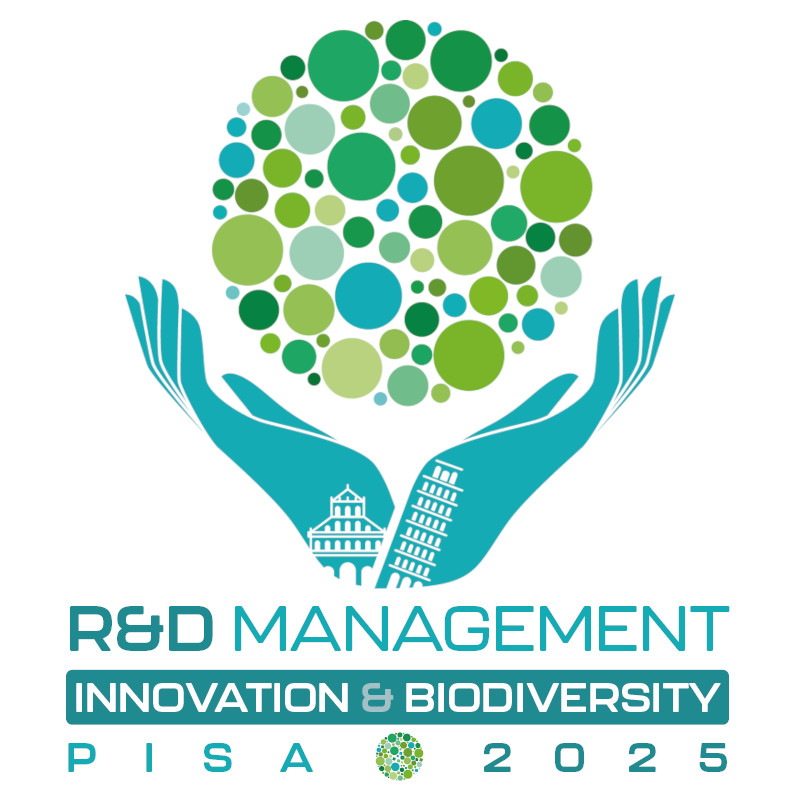OpenAI was one of the first examples of an AI Foundation Model (‘FM’). These large machine learning models are trained on vast amounts of data and can be tailored for different applications, offering the potential to reduce the cost and time to market of new products and services. Vito Giordano, assistant professor at University of Pisa and Business Engineering for Data Science (B4DS) research group, and chair of Track 8.2 at the 2025 R&D Management Conference, has been working on Large Language Models, a type of FM, for some years and says they have benefits for forecasting and foresight processes.

Benefits for forecasting and foresight
Vito Giordano says: “I have been working on Text Mining and Large Language Model (LLM) applications in Innovation Management since my master’s and doctoral theses. My research focuses on how LLM technologies can support technological forecasting, foresight processes, and new product development. With the vast amount of information stored in written formats, such as patents, scientific articles, and internal company documents, these sources represent an enormous repository of knowledge that can significantly enhance innovation and R&D management processes if they are made accessible.”
LLMs are designed to understand and generate text like a human, and they have the ability to infer from context, generate coherent and contextually relevant responses, answer questions (general conversation and FAQs) and even assist in creative writing or code generation tasks.
Although LLMs have existed since 2018, with the recent rise of generative Artificial Intelligence they have garnered substantial interest across various research and business domains.
“Early in my career, it was challenging to find peers interested in this topic,” Vito continues. “However, today, Text Mining and LLM technologies have reached a high level of acceptance in the research community. This was evident last summer, when, together with my colleagues Filippo Chiarello and Ivan Zupic, I organised a summer school on “Text Mining for Innovation Management” Following its success, we are preparing the second edition of the summer school this year.”
Rise of Industry 5.0
Industry 5.0, the next industrial revolution, offers a vision for industry that is sustainable and human-centric. To achieve this requires technologies such as AI, but Vito warns that they need to be applied ethically.
“Industry 5.0 provides a valuable framework for integrating sustainability and inclusivity into the innovation and adoption of LLMs and AI technologies and the importance of considering all stakeholders involved in their development and implementation,” he explains. “It highlights the need to assess the socio-environmental impacts and promote ethical practices in their development, commercialisation, and application.
“When applied effectively, these technologies can support humans by enhancing efficiency and enabling them to focus on higher-value tasks. By automating repetitive, low-value activities, LLMs and AI free up time and resources, allowing workers to concentrate on more meaningful and strategic endeavours. This shift not only improves productivity but also fosters a more human-centric approach to work, aligning with the core principles of Industry 5.0.
“In this context, Industry 5.0 offers an important lens through which to explore how these technologies can drive both innovation and sustainable development, making it a highly relevant and exciting area for my research and the discussions at the conference.
“This reinforces my belief in the importance and timeliness of this track for the R&D Management conference.”
8.2 Innovating with LLMs: the Roles of AI in Knowledge Extraction & Generation
Innovation is a knowledge-intensive process, where much of the codified knowledge is stored in textual formats, such as patents, and papers.
Natural Language Processing (NLP) is a subfield of Artificial Intelligence that aims to support the extraction of innovation knowledge. In this field, the advent of Large Language Models (LLMs), like Generative Pre-trained Transformer (GPT) and Llama family, has revolutionized how we analyse innovation phenomena.
LLMs offer immense potential for supporting firms in leveraging their knowledge assets by both analysing existing knowledge and generating new knowledge. Their applications in innovation range from new product development processes to strategic innovation management.
This conference track will explore the potential applications, novel methodologies, and challenges of employing LLMs to guide knowledge extraction and generation in Innovation Management. It will also focus on traditional NLP techniques, such as topic modelling, named entity recognition, and sentiment analysis, that can still work better than LLMs in certain situations.
Some useful background reading
Antons, D., Grünwald, E., Cichy, P., & Salge, T. O. (2020). The application of text mining methods in innovation research: current state, evolution patterns, and development priorities. R&D Management, 50(3), 329-351.
Bilgram, V., & Laarmann, F. (2023). Accelerating innovation with generative AI: AI-augmented digital prototyping and innovation methods. IEEE Engineering Management Review, 51(2), 18-25.
Bouschery, S. G., Blazevic, V., & Piller, F. T. (2023). Augmenting human innovation teams with artificial intelligence: Exploring transformer‐based language models. Journal of Product Innovation Management, 40(2), 139-153.
Just, J. (2024). Natural language processing for innovation search–Reviewing an emerging non-human innovation intermediary. Technovation, 129, 102883.
Giordano, V., Spada, I., Chiarello, F., & Fantoni, G. (2024). The impact of ChatGPT on human skills: A quantitative study on twitter data. Technological Forecasting and Social Change, 203, 123389.

R&D Management Conference 2025:
Innovation & Biodiversity
Institute of Management of Scuola Superiore Sant’Anna, Pisa
30 June – 2 July 2025
Track 8.2 Innovating with LLMs: the Roles of AI in Knowledge Extraction & Generation
Track chair: Vito Giordano, University of Pisa
Co-chairs:
Ludovica Segneri, University of Urbino Carlo Bo
Julian Just, University of Innsbruck
Martin G. Moehrle, University of Bremen

